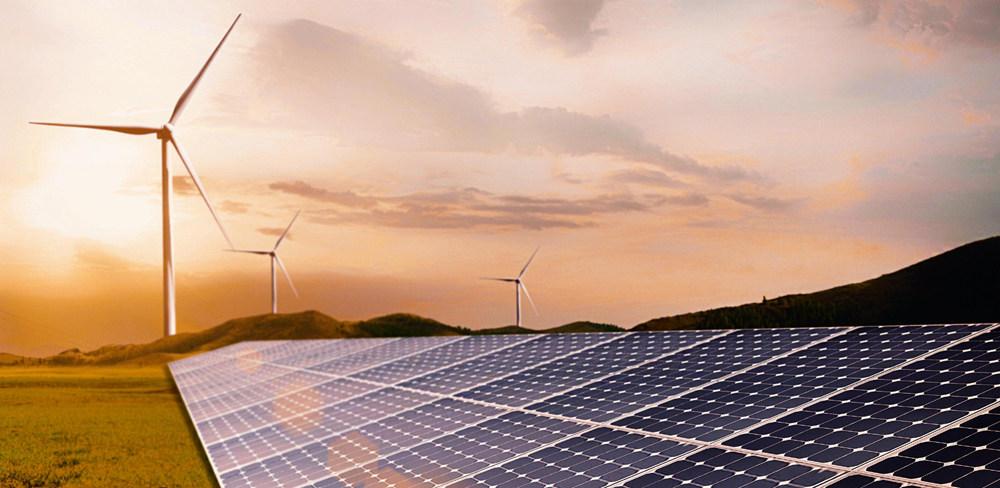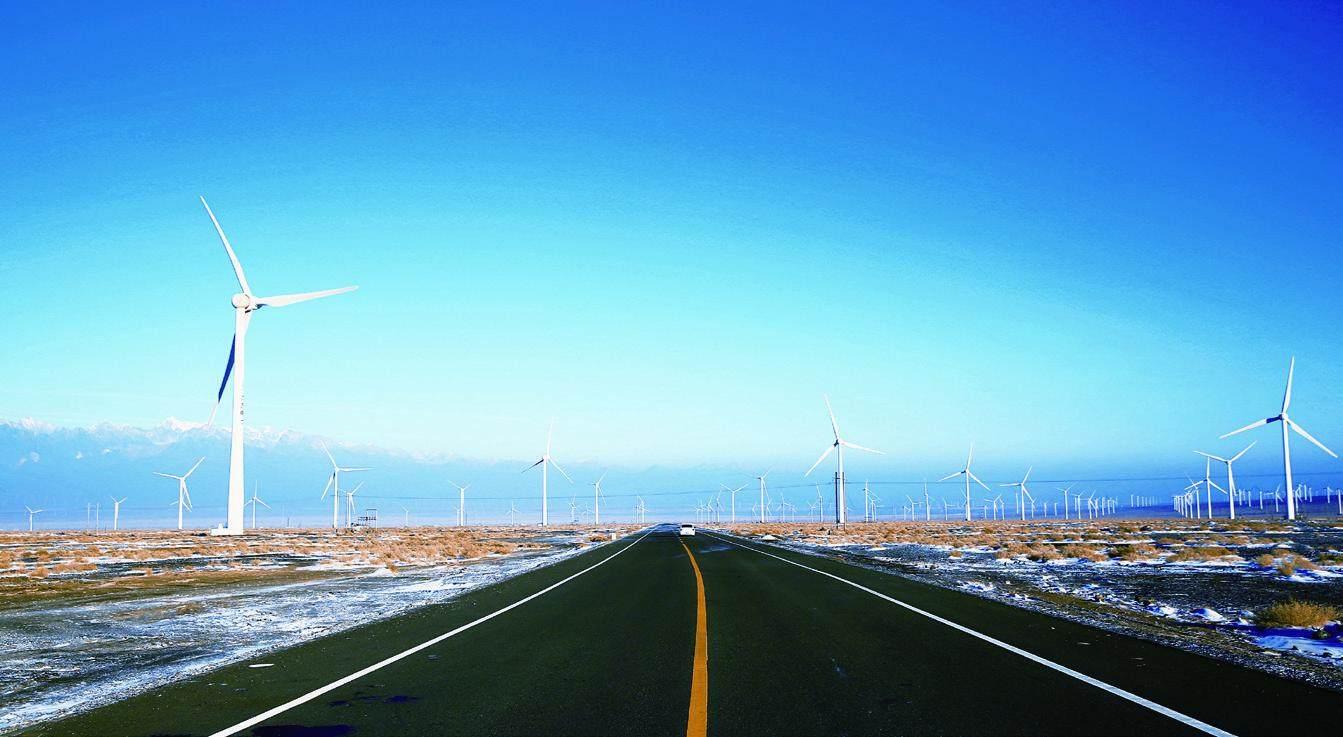Mitigating Energy Shortages in China

The recent electricity supply shortage in the People’s Republic of China (PRC) is driven by a disequilibrium in demand and supply. Energy demand has picked up with the economy recovering and industry growing, strongly supported by solid merchandise export growth. At the same time, soaring coal prices have hit power producers curtailing growth in electricity supply.
The Chinese government acted swiftly to increase coal output and support electricity production. More flexible energy control policies prevented electricity rationing and production suspensions resulting from efforts to curb carbon dioxide emissions. In addition, energy prices for commercial and industrial customers were liberalized so that higher prices charged to these groups would help power producers.
Electricity shortages
The recent electricity shortage in the People’s Republic of China(PRC) is driven by a disequilibrium in demand and supply. Energy demand has picked up with the economy recovering and industry(including construction) growing 8.2% year-on-year in 2021 supported by solid merchandise export growth. At the same time, soaring coal prices—more than half of the PRC energy consumption is powered by coal—have hit power producers. They purchase coal at market prices but can only charge low energy tariffs due to regulations, leaving them with a loss. Thus, coal-powered plants, already at low inventories, have curtailed energy production.
While low energy pricing has helped industry and end users, it does not provide incentives for power producers to increase output if input prices are high. Factors behind the coal price spike in October 2021 include the closure of domestic coal mines due to environmental and safety reasons in recent years as well as restrictions on coal imports.
Measures taken and their effects
Energy control policies. The government reacted swiftly to the problem by issuing new instructions to add some flexibility to the country’s energy control policy, aiming to prevent electricity rationing and production suspensions resulting from efforts to curb emissions.
Supporting electricity production. Measures taken included (i) accelerating the start-up of new coal mines and reopening some of the closed ones, (ii) increasing coal imports, (iii) introducing temporary tax deference for coal-fired power plants, (iv) promoting long-term contracts between miners and power firms to guarantee thermal coal supply for electricity generation, and (v) calling on banks to increase their risk tolerance for loans to such plants.
Energy price liberalization for commercial and industrial customers. Coal-fired power plants were allowed to charge commercial and industrial customers market-driven prices for electricity from 15 October 2021. Previously, roughly half of these users had negotiated prices with grid operators, so that the shift to entirely market-driven pricing for industry is a significant change—residential and agricultural users will, however, continue to pay fixed prices. Earlier in October 2021, reforms allowed power suppliers to charge tariffs up to 20% above the base level for industrial and commercial customers, with no caps for high energy consumption industries.
Higher power prices will incentivize loss-making power plants to stabilize supply. Higher prices will rationalize energy consumption, thereby reducing the economy’s energy intensity in support of climate change commitments. In addition, the liberalization of electricity prices will support the newly established emissions trading system allowing power generators to pass the additional cost of carbon emissions to final users.
Coal price target. In late October 2021, the PRC’s state planner set an immediate price target for thermal coal. Prices for 5,500-kilocalorie thermal coal, a benchmark, were targeted at RMB 1,200 per metric ton (ex-mine pit), which—according to analysts’estimate—would still be higher than the price at which power generators do not operate at a loss.
Short-term effects. Overall, the measures have temporarily alleviated the power shortage ahead of the winter season. The increased coal production will result in higher carbon emissions in the shorter term, but higher electricity prices for the country’s largest emitters (chemicals, metals, and building materials) will support longer-term efforts to cap emissions. Though the measures have helped to stabilize supply and marginally expand production, avoiding a severe power crisis, more efforts are needed as raising domestic coal output will take time to materialize and could jeopardize longerterm climate goals in the absence of supporting policies. Further actions in line with international best practices are needed. They include short- and medium- to long-term measures.
Possible short-term actions and their effects
Further electricity price liberalization. Higher residential electricity prices in urban areas will contribute to eliminate the pricing distortion behind the power crunch, reducing energy demand and supporting climate change commitments. However, charging higher electricity tariffs will negatively impact lowerincome households and might require targeted subsidies for low-income households to shoulder their burden. International experience suggests that in regional markets, electricity producers can affect electricity prices, which would warrant an independent control by an independent regulatory agency.
Europe, with its regional markets, is a good example for the PRC given its vast geographic extension. Through their production portfolios and own production costs, large European electricity producers can affect supply and demand in individual regional markets, thus affecting electricity prices. Similar effects would likely play out in the PRC. The creation of an independent regulatory agency that has up-to-date information on comparative performance and costs could help in controlling price setting by power producers and, in particular, grid companies. This is especially important when liberalizing residential electricity prices as households tend to have less bargaining power than the industry. In a first step, residential electricity prices could be increased gradually, while regulatory capacity is built up.
Increased coal imports can help alleviate shortages, but they only play a minor role in overall coal consumption in the PRC. Moreover, prices of imported coal are also high, and it will be challenging to increase volumes in the short run.

Price caps on coal prices. However, incentives for capacity additions decrease if prices are fixed at a low level. Also, energy prices would not reflect input costs, which runs contrary to efforts to move toward a more market-based economy. Cheap coal also hampers efforts to reduce the economy’s energy intensity, thereby putting a burden on climate change commitments. In addition, coal imports would need to be subsidized to compensate importers for the difference to the world market price they pay. Therefore, further electricity price liberalization seems to be preferable. While capping domestic coal prices could support electricity production, it would come at a high ecological price.
Medium- to long-term reforms
In the medium to long term, the main concern relates to the pace of the PRC’s energy transition, which, if delayed, will affect its ambitious carbon neutrality commitments. The following recommendations pertain to three critical areas: transforming the economy, fostering energy transition plans, and reforming energy tariffs.
Accelerating the transition to a service economy. The PRC’s impressive V-shaped recovery from the impact of the pandemic has been fueled by increased reliance on energy-intensive industries and construction. Shifting away from heavy industry and accelerating reforms to unlock the potential of the services and high-tech sectors will drastically reduce the energy intensity and carbon footprint of the economy. To realize its potential as a source of growth, services should be given prominence in economic planning and a similar status to manufacturing in terms of fiscal incentives, resource allocation, and openness. At the same time, a service economy will require more stable and reliable power networks that provide high-quality electricity supply.
Fostering energy transition plans. In line with the PRC’s climate change objectives, national plans should be prepared to reduce the share of coal and other imported fossil fuels in the energy mix toward reducing the likelihood of shortages and supply shocks due to the excessive dependence on such fuels. This includes:
i. Energy efficiency policies to reduce energy intensity, which would reduce the reliance on fuels while maintaining production levels. Energy efficiency policies can cover different areas, such as district heating and cooling, which can help reduce overall energy consumption. For instance, Germany’s gross domestic product has increased by 45% since 1990, whereas its electricity consumption today is virtually the same, while its primary energy consumption is 22% lower and its carbon dioxide emissions are 41% lower. Measures taken included stricter guidelines requiring more energy-efficient housing construction, modernization and upgrading of industry, and promoting more energyefficient household devices.
ii. Renewable energy. New actions to speed up the development of renewable energy production (i.e., solar, wind, hydropower, geothermal, biomass, wave, etc.) to reduce reliance on fossil fuels and their price movements. In the past few months, the world has witnessed a massive spike in energy prices, driven mostly by record-high natural gas and thermal coal prices. Nonetheless, Sweden, for example, has recently shown a relatively small energy price increase compared to its neighbors due to its minimal reliance on fossil fuels, as it generates electricity from hydropower (40%), nuclear (39%), renewable energies (19%), and fossil fuels (2%). A higher diversification of the PRC’s energy mix, particularly relying on domestic renewable sources, would not only buffer the country from fossil fuel supply shocks but also contribute to carbon neutrality goals.
iii. Distributed energy. Connected to renewable energies, there is a growing trend in places like Australia, Germany, or California in the United States where businesses and consumers install their own distributed generation systems, mostly using solar photovoltaic and thermal panels, but also small wind or hydro turbines, heat pumps, etc. These generating assets are connected at the distribution network level, and consumed within the same area, not requiring large transmission lines. Combined with a more efficient use of energy, these would reduce the need for more large coal power plant capacity, helping reduce coal consumption and associated carbon emissions.
iv. Grid modernization. A switch to renewable energy technologies requires a modern power grid capable of absorbing a more variable electricity supply. Such modernization efforts include new initiatives to accelerate the development of energy storage. Technologies for energy storage have already been commercialized in several countries to further increase the reliability of the grid and allow for increased variable renewable energy penetration. Yet, electricity storage is not enough to balance demand–supply fluctuations. A modern “smart”digitized grid is necessary, along with additional technical and regulatory requirements.
v. Regional interconnection. It is also useful to benefit from regional cooperation and integration by building transmission lines for electricity and natural gas with neighboring countries, which supports energy security by expanding the energy supply sources from outside the country’s borders. Good examples can be found in Europe, where all countries are interconnected, as well as in Asia, where India and Bangladesh, for example, have built grid-to-grid transmission lines.
vi. Tariff reforms. The power shortages provide an opportunity to promote a revision of electricity tariffs to allow the partial transferring of cost of supply to consumers, while at the same time incentivizing energy companies to fulfill their role without incurring losses. Higher electricity prices will lead to a more efficient use as well as investment in more efficient and modernized utilities and energy networks.
(Source: Asian Development Bank)
- China’s foreign Trade的其它文章
- The New Patent Law Brings Great Changes to Improve the Business Environment in China
- What Does China’s Accession to the Hague Agreement Mean?
- The Silver Economy Becomes the New Blue Ocean
- Accelerate the Digital Transformation
- What are the Hot Spots of the Digital Economy?
- Huge Demand for the Network Security Industry

